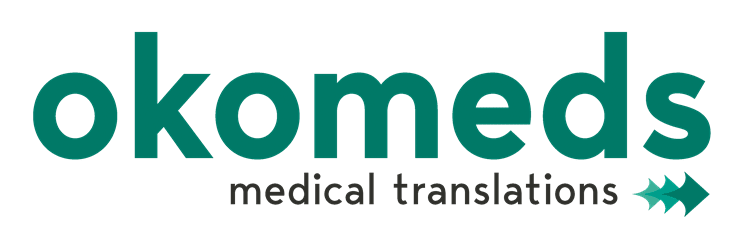
29 May Writing and translating clinical trial protocols
You probably already know that clinical trials contribute each day to pharmacological knowledge and to the efficacy of medical treatments. To ensure good practice, the use of clinical trial protocols is mandatory. However, did you know that increasingly this also means translating clinical trial protocols and hiring medical translation services?
Moreover, this must be taken very seriously since it requires specific medical and scientific knowledge. It must be written in clear, accurate language and be as precise as possible. This is essential to ensure that it is understandable and that there is consistency in all phases of the study requiring multi-language communication.
What is a clinical trial protocol?
All clinical research begins with the creation of a clinical protocol, a document that describes how a clinical trial will be conducted, including the objectives, design, methodology, statistical considerations and organisation of the trial to ensure the safety of the participants and the integrity of the data collected. The protocol is essential to ensure that clinical research is conducted properly and ethically, and that the results are accurate.
What information should be included in a clinical trial protocol?
According to the ICH Good Clinical Practice guidelines, a protocol should include the following elements:
-
Title page (general information)
-
Background information
-
Objectives/purpose
-
Study design
-
Selection and exclusion of subjects
-
Treatment of subjects
-
Assessment of efficacy
-
Assessment of safety
-
Statistics
-
Direct access to source data/documents
-
Quality control and assurance
-
Ethics
-
Data handling and recordkeeping
-
Financing and insurance
-
Publication policy
-
Project timetable/flowchart
-
References
-
Supplements/appendices
Translating clinical trial protocols
Accurately writing a clinical trial protocol is a very important step, since it is the most important document to ensure that all aspects of the trial are well communicated to all stakeholders: scientists, potential participants, patients, etc. However, what is the role of the professional medical translator?
Correctly translating clinical trial protocols is essential for any clinical trial where you interact with people of different nationalities. Why?
- It requires a lot of specialised knowledge: protocols contain medical terminology as well as administrative, legal, statistical, epidemiological and other terms that are not strictly medical.
- Clinical trial protocols require rigour, precision and clarity, since an error can have serious consequences and even endanger the lives of the people involved in the study.
- Researchers who speak English as a second language may not fully understand the technical information and details contained in protocols in other languages. This can be dangerous.
- A high-quality translation of clinical study protocols saves time and increases the integrity of the study. And we all know that time is of the essence for doctors.
- It provides guidance to all the people and organisations involved in the project, thus encouraging communication among them.
- It is a guarantee of patient safety and health.
What does all of this mean? Translating clinical trial protocols is the key to success
Simply put, the professional medical translation of clinical trial protocols helps ensure the integrity of a study from start to finish.
A properly translated study protocol can have a major impact on how the study is communicated to all parties involved. If an investigator does not properly understand the protocol, many mistakes can occur. This, in turn, can lead to lots of problems during the process of registering a new medicine, regardless of its proven efficacy and the benefits it can bring. After all, investigators cannot accurately translate hundreds of pages on their own.
So, the key to success is providing the protocol in the language that allows its recipients to fully understand it.








Sorry, the comment form is closed at this time.